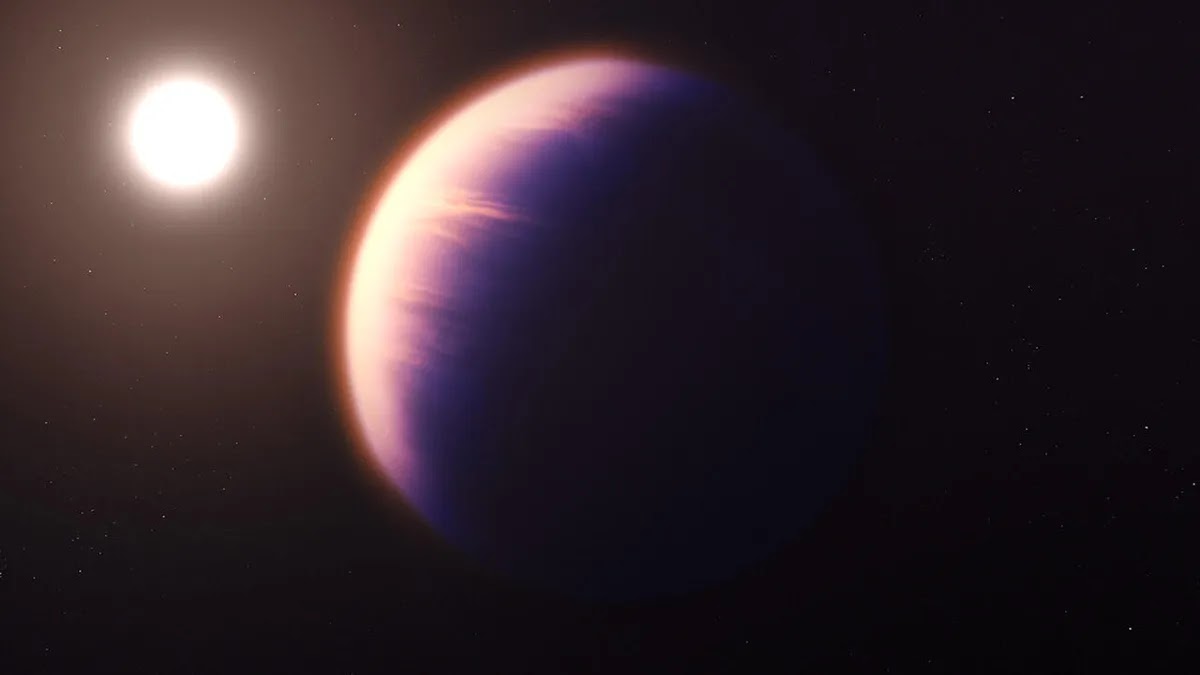Over the past few decades, NASA's space telescopes discovered thousands of new planets located beyond our solar system. But astronomers were forced to wait for the next generation of advanced observatories to get a closer look at these exoplanets to see if they might harbor the building blocks of life.
The space agency's long-awaited James Webb Space Telescope is one such next-gen telescope. And just a few months into its official science operations, it's already delivered the goods by detecting clear evidence of carbon dioxide in the atmosphere of an exoplanet for the first time.
"As soon as the data appeared on my screen, the whopping carbon dioxide feature grabbed me," Zafar Rustamkulov, a Johns Hopkins University graduate student and part of the research team, said in a statement. "It was a special moment, crossing an important threshold in exoplanet sciences."


No comments:
Post a Comment